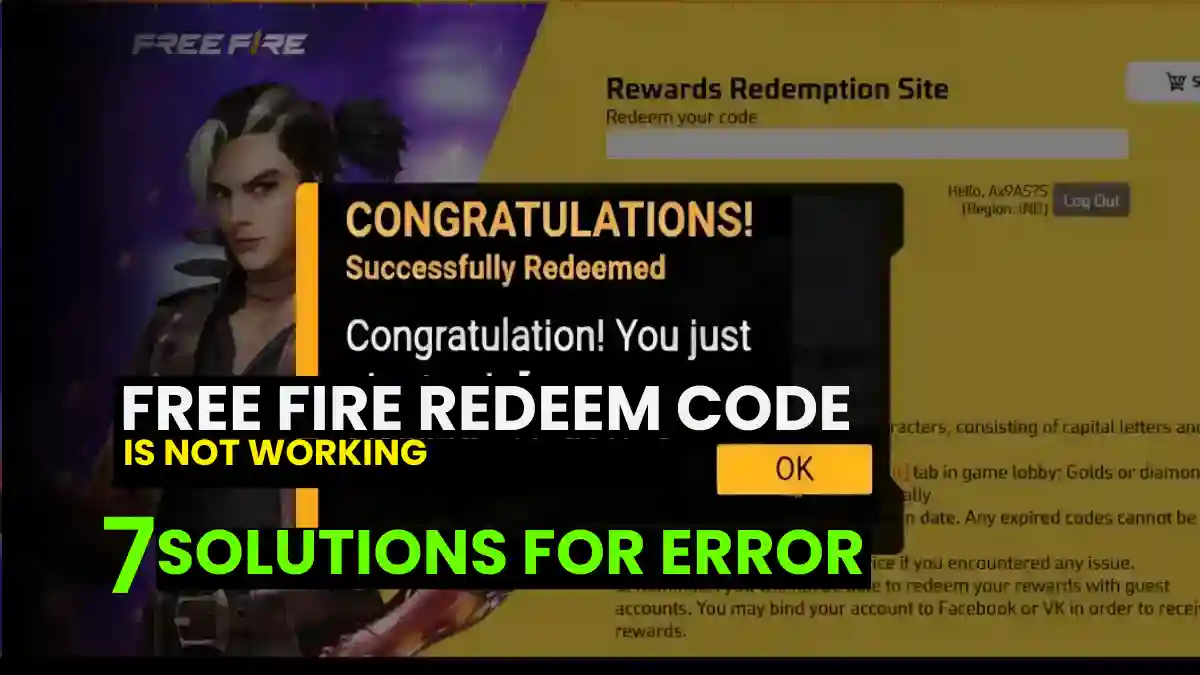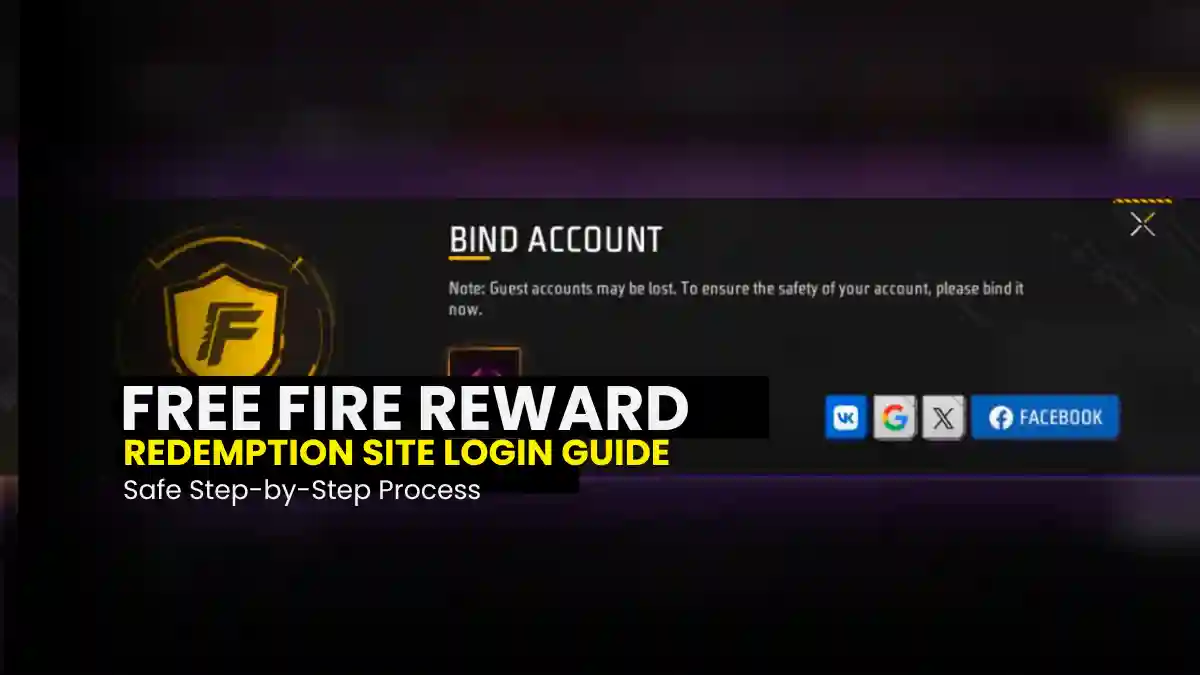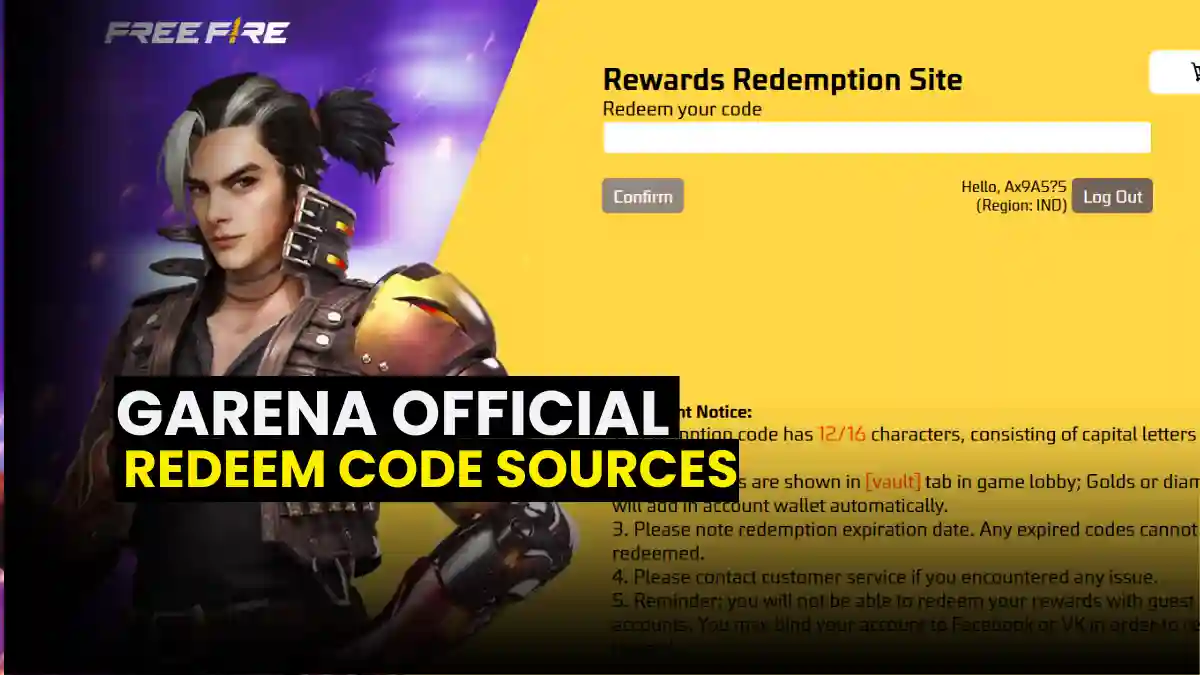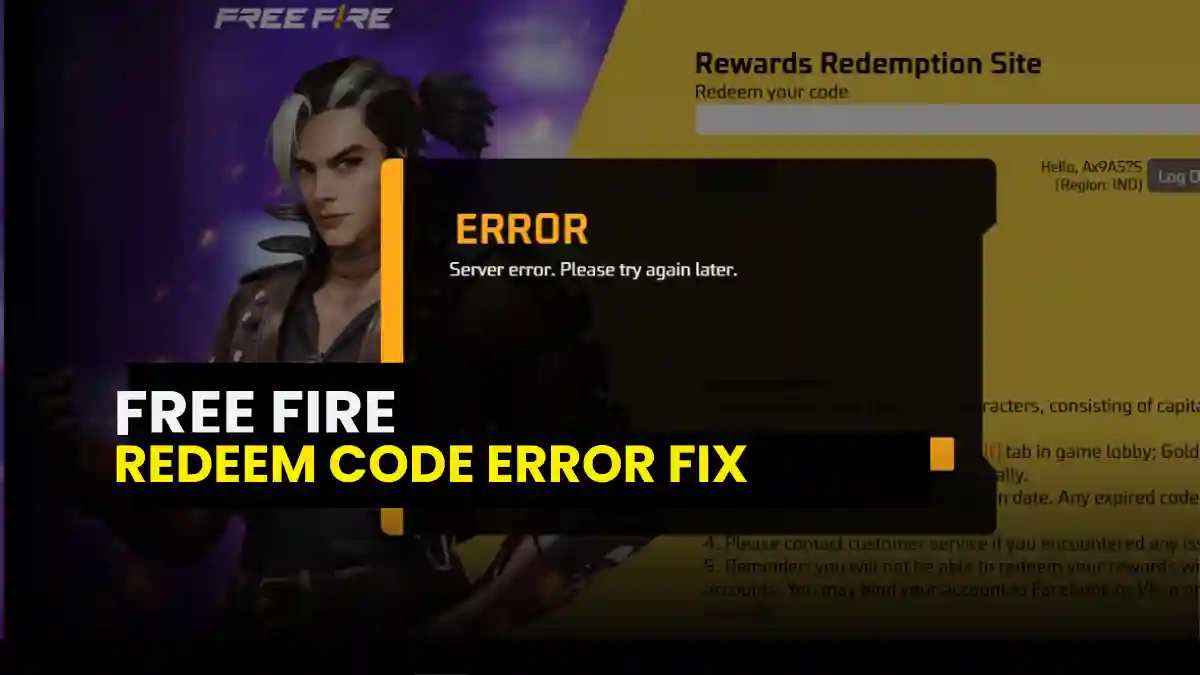Ever dreamed of making money while you sleep? You’re not alone! Did you know that a whopping 65% of Americans fantasize about creating passive income streams? Well, buckle up, because I’m about to take you on a wild ride through the exciting world of online business models that can turn that dream into reality!
Listen, I get it. The idea of passive income sounds almost too good to be true. I mean, earning money without trading your precious time for dollars? Sign me up! But here’s the thing – it’s not just a pipe dream. With the right online business model, you can build sustainable revenue streams that keep churning out cash with minimal ongoing effort. It’s like planting a money tree and watching it grow!
Now, before you start picturing yourself lounging on a beach while your bank account magically fills up, let me set the record straight. Building a passive income stream takes work – sometimes a lot of it – especially in the beginning. But trust me, the payoff is worth it! I’ve been down this road myself, and let me tell you, there’s nothing quite like waking up to notification after notification of sales rolling in while you were catching Z’s.
In this article, we’re going to dive deep into 10 proven online business models that can help you generate passive income in 2024. Whether you’re a creative type, a tech whiz, or just someone with a passion for financial freedom, I guarantee you’ll find something here that tickles your fancy. We’ll cover everything from affiliate marketing and digital products to YouTube channels and automated e-commerce stores. By the time we’re done, you’ll have a treasure trove of ideas and strategies to kickstart your passive income journey.
So, grab your favorite beverage, get comfy, and let’s explore these incredible opportunities together. Who knows? This might just be the moment you look back on as the start of your financial revolution. Ready to dive in? Let’s go!

1. Affiliate Marketing: Earn Commissions While You Sleep
Ah, affiliate marketing – my first love in the world of passive income! I remember stumbling upon this concept back in college and thinking, “Wait, you mean I can make money by recommending products I already love?” Talk about a game-changer!
So, what exactly is affiliate marketing? It’s pretty simple, really. You promote other people’s products or services and earn a commission when someone makes a purchase through your unique affiliate link. It’s like being a digital matchmaker between businesses and customers – and getting paid for it!
Now, here’s where things get interesting (and potentially lucrative). Choosing the right niche and products is crucial. Trust me, I learned this the hard way when I first tried promoting obscure gardening tools. Spoiler alert: It didn’t go well. Instead, focus on niches you’re passionate about or have experience in. For instance, if you’re a fitness buff, consider promoting workout equipment or nutrition supplements.
Some best practices I’ve picked up along the way:
- Always, always, always disclose your affiliate relationships. It’s not just ethical – it’s often legally required.
- Only promote products you genuinely believe in. Your audience can smell insincerity from a mile away.
- Create valuable content around your affiliate products. Don’t just drop links – educate your audience!
- Diversify your affiliate partnerships. Don’t put all your eggs in one basket.
Ready to get started? There are tons of great platforms out there. Amazon Associates is a popular choice for beginners, but don’t overlook niche-specific networks like ShareASale or CJ Affiliate. And if you’re in the tech or software space, check out impact.com – they’ve got some fantastic partners.
Remember, affiliate marketing isn’t a get-rich-quick scheme. It took me months of consistent effort before I saw significant results. But stick with it, and you might just wake up one day to find you’ve earned hundreds while you slept. Now that’s what I call living the dream!
Also Read 6 Effective Ways to Make Money from Gaming.

2. Creating and Selling Digital Products
Let me tell you, folks, creating and selling digital products is like having your own personal money-printing machine – except it’s totally legal and way more fun!
Digital products are the ultimate passive income stream. You create them once and sell them infinitely. No inventory, no shipping hassles, just pure profit potential. And the best part? You can create digital products about literally anything you’re knowledgeable or passionate about.
Types of digital products you can create:
- E-books: Share your expertise in a downloadable format.
- Online courses: Teach others a valuable skill.
- Templates: Help others save time with your pre-made designs.
- Software or apps: Solve a problem with your coding skills.
Now, I’ll be honest – creating high-quality digital products isn’t a walk in the park. I remember spending countless nights perfecting my first e-book. But boy, was it worth it when I woke up to my first sale notification!
Here are some steps to create killer digital products:
- Identify a problem your audience has.
- Develop a solution that’s unique and valuable.
- Create your product with high-quality content or code.
- Test thoroughly before launch.
- Gather feedback and continually improve.
When it comes to selling, you’ve got options. Platforms like Gumroad or SendOwl make it easy to sell directly to your audience. If you’re creating courses, check out Teachable or Udemy. For software or apps, the sky’s the limit – from the App Store to your own website.
Pricing can be tricky. I’ve found that starting a bit lower and gradually increasing prices as you build a reputation works well. And don’t forget to offer launch discounts or bundle deals to boost initial sales!
One last tip: marketing is key. Use your existing platforms (blog, social media, email list) to promote your products. And don’t be shy about reaching out to influencers in your niche for potential collaborations.
Creating digital products has been a game-changer for my passive income journey. Sure, there were moments when I wanted to throw my laptop out the window in frustration. But now, seeing those sales roll in day after day? Totally worth it. So why not give it a shot? Your future self (and your bank account) will thank you!
Also read Power Up Your Income: Strategies for Making Money through Online Gaming.

3. Blogging and Content Monetization
Alright, let’s talk about blogging – the OG of online passive income! Now, I know what you’re thinking: “Isn’t blogging dead?” Let me tell you, my friend, it’s alive and kicking, and if done right, it can be a serious money-maker.
Choosing a profitable blog niche is crucial. When I started my first blog about underwater basket weaving (yes, really), I quickly realized I’d made a teensy mistake. The key is to find that sweet spot between your passions and what people actually want to read about. Think personal finance, health and wellness, technology, or even niche topics like vintage watch collecting.
Once you’ve got your niche, it’s time to monetize that bad boy.
Here are some strategies that have worked wonders for me:
- Ads: Platforms like Google AdSense or Mediavine can plaster your site with relevant ads. It’s not glamorous, but it works.
- Sponsored posts: Once you’ve built an audience, companies might pay you to write about their products. Cha-ching!
- Affiliate links: Remember what we talked about earlier? Blogging is perfect for affiliate marketing.
Now, here’s the kicker – none of this matters if no one’s reading your blog. That’s where SEO comes in. I spent months scratching my head over SEO before things clicked. Some tips:
- Use keyword research tools like Ahrefs or SEMrush to find low-competition, high-volume keywords.
- Create in-depth, valuable content around these keywords.
- Build backlinks through guest posting and networking.
- Optimize your site speed and mobile responsiveness.
Trust me, when you start seeing your posts climb up Google rankings, it’s like Christmas morning!
As for tools, WordPress is my go-to for blogging. Pair it with a good theme (I love Astra), and you’re golden. For email marketing (because you should definitely be building a list), I’ve had great experiences with ConvertKit.
Remember, blogging isn’t an overnight success story. It took me nearly a year of consistent posting before I saw significant income. But stick with it, and you might just build a passive income machine that keeps on giving. Who knows? Your blog about rare Pokémon cards might just be your ticket to financial freedom!
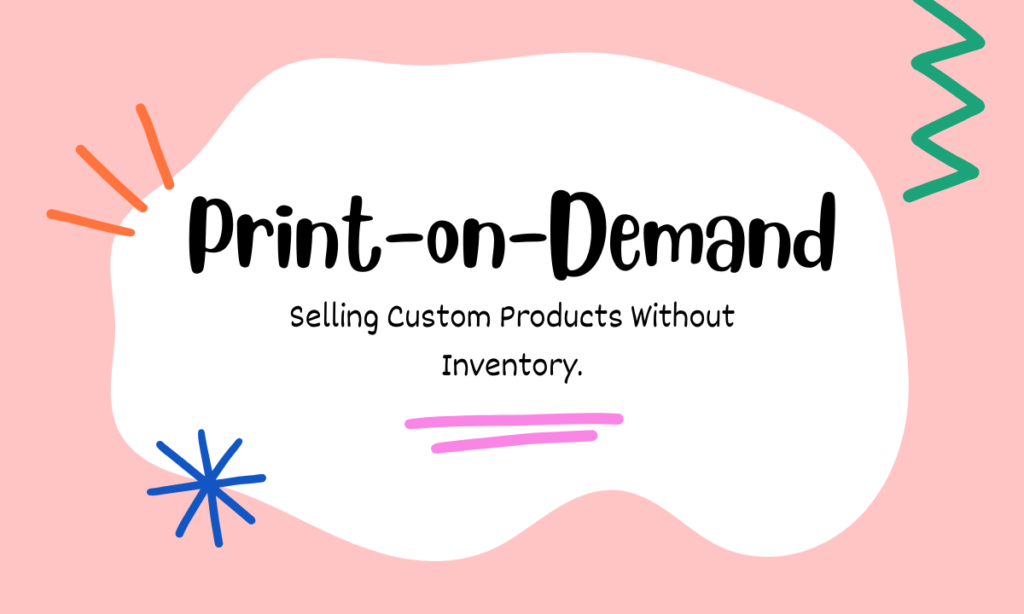
4. Print-on-Demand: Selling Custom Products Without Inventory
Picture this: You’re selling cool, custom-designed products without ever touching inventory or worrying about shipping. Sounds like a dream, right? Well, welcome to the world of print-on-demand!
I stumbled into print-on-demand almost by accident. I had designed some quirky t-shirts for a family reunion (don’t judge, we’re a fun bunch!), and suddenly everyone was asking where they could buy them. That’s when a lightbulb went off in my head.
Print-on-demand is exactly what it sounds like. You create designs, upload them to a platform, and when someone orders, the platform prints and ships the product. You pocket the difference between the base price and your selling price. It’s like having your own clothing line without the headaches of traditional retail!
Popular print-on-demand products include:
- T-shirts and hoodies
- Mugs and water bottles
- Phone cases
- Posters and canvas prints
- Tote bags and backpacks
The key to success in this business is finding your niche. My first attempt at selling generic motivational quotes on mugs? Total flop. But when I started creating designs for dog lovers (did I mention I’m slightly obsessed with corgis?), things took off!
Some top platforms to consider:
- Printful: Great quality and wide product range.
- Redbubble: Built-in marketplace with lots of traffic.
- Printify: Offers competitive prices and good variety.
- Teespring: Specializes in apparel and has good marketing tools.
Now, let me share some hard-earned wisdom about designing and marketing your products:
- Keep it simple: Overly complex designs often don’t print well.
- Stay on trend: Keep an eye on what’s popular in your niche.
- Use high-quality mockups: Make your products look irresistible!
- Leverage social media: Instagram and Pinterest are goldmines for visual products.
- Run limited-time campaigns: Create a sense of urgency to boost sales.
One of my biggest lessons? Don’t be afraid to experiment. I once created a design as a joke (it was a pun about avocados, don’t ask), and it ended up being my best-seller for months!
Print-on-demand isn’t a get-rich-quick scheme. It took me several months of tweaking designs and marketing strategies before I saw consistent income. But now? I wake up to sales notifications almost every day, and it feels pretty darn good.
So, if you’ve got a creative streak and an eye for trends, print-on-demand might just be your ticket to passive income paradise. Who knows? Your quirky design could be the next big thing!

5. YouTube Channel Monetization
Lights, camera, passive income! Let’s talk about turning your passion for creating videos into a money-making machine through YouTube channel monetization.
I’ll be honest, when I first started my YouTube channel, I was about as camera-shy as a vampire in a tanning salon. But let me tell you, pushing through that fear was one of the best decisions I’ve ever made for my passive income journey.
So, how do you start and grow a YouTube channel?
Here’s the crash course:
- Choose your niche: Pick something you’re passionate about and that has an audience. My channel about obscure 80s movie trivia? Not so hot. My channel about budget travel hacks? Bingo!
- Invest in basic equipment: You don’t need Hollywood-level gear to start. A decent smartphone camera, a simple microphone, and some free editing software can get you going.
- Consistency is key: Set a posting schedule and stick to it. Your audience needs to know when to expect new content.
- Engage with your audience: Respond to comments, ask for feedback, and build a community. Trust me, it makes a world of difference.
Now, let’s talk about the fun part – monetization!
There are several ways to make money on YouTube:
- Ad revenue: Once you hit 1,000 subscribers and 4,000 watch hours, you can apply for the YouTube Partner Program and start earning from ads.
- Sponsorships: As your channel grows, brands might pay you to mention their products in your videos.
- Affiliate marketing: Remember what we talked about earlier? YouTube is a great platform for this.
- Merchandise: Sell branded merch to your loyal fans.
- Channel memberships: Offer exclusive perks to paying subscribers.
Creating engaging video content is an art form. Some tips I’ve learned along the way:
- Hook viewers in the first 15 seconds
- Use eye-catching thumbnails and titles
- Tell stories – people connect with narratives
- Include calls-to-action (subscribe, like, comment)
- Use end screens to promote other videos
As for tools, I swear by TubeBuddy for keyword research and analytics. For editing, I started with iMovie (free on Mac) and graduated to Adobe Premiere Pro as my channel grew.
Now, I won’t sugarcoat it – building a successful YouTube channel takes time and effort. There were days when I wondered if anyone was even watching (spoiler alert: my mom always was). But stick with it, and you might just find yourself with a loyal audience and a sweet passive income stream.
Remember, authenticity is key on YouTube. Your quirks and personality are what will make you stand out. So don’t be afraid to let your freak flag fly – your people will find you!

6. Online Course Creation
Alright, fellow knowledge enthusiasts, let’s talk about turning your expertise into cold, hard cash through online course creation!
When I first dipped my toes into the world of online courses, I was terrified. Who was I to teach anyone anything? But here’s the truth bomb: if you know something that can help others, you’ve got the makings of a course creator.
Identifying profitable course topics is key. My first course on “Advanced Squirrel Whispering” didn’t exactly fly off the digital shelves. But when I created a course on “Budget Travel Hacks for Millennials”? Cha-ching! The secret is to find that sweet spot between your expertise and market demand.
Now, let’s talk platforms.
There are tons out there, but here are my top picks:
- Teachable: User-friendly and great for beginners.
- Udemy: Huge built-in audience, but be prepared for competition.
- Thinkific: Solid features and good marketing tools.
- Kajabi: All-in-one solution, but pricier.
Creating engaging course content is where the magic happens.
Here are some strategies that worked wonders for me:
- Break content into bite-sized, digestible chunks
- Use a mix of video, text, and interactive elements
- Include practical exercises and assignments
- Offer a community forum for students to interact
- Provide personalized feedback (as much as you can manage)
I learned the hard way that just because you build it, doesn’t mean they’ll come. Marketing your course is crucial.
Some tactics that worked for me:
- Offer a free mini-course as a teaser
- Leverage your existing audience (blog, social media, email list)
- Collaborate with influencers in your niche
- Run limited-time promotions or early-bird specials
- Use student testimonials to build credibility
Pricing can be tricky. I started low to build momentum and gradually increased prices as I got more students and testimonials. Don’t be afraid to charge what you’re worth!
Here’s the thing about online courses – they’re the epitome of “do the work once, reap the benefits indefinitely.” Sure, you might need to update content occasionally, but once your course is live, it can generate income 24/7.
I’ll never forget the day I woke up to find I’d made over $1,000 in course sales overnight. It was like Christmas morning, but better because I didn’t have to pretend to like ugly sweaters from Aunt Mildred.
Creating online courses isn’t just about the money, though. There’s something incredibly fulfilling about sharing your knowledge and helping others achieve their goals. Plus, let’s be real – being introduced as “course creator” at parties is way cooler than “guy who watches too much Netflix.”
So, if you’ve got knowledge to share and a passion for teaching, why not give online course creation a shot? Your bank account (and your ego) will thank you!

7. Membership Sites: Recurring Revenue Model
Let me introduce you to the holy grail of passive income: membership sites. It’s like having a VIP club where people pay you monthly for the privilege of being awesome. Sounds too good to be true? Well, buckle up, because it’s very real!
I stumbled into the world of membership sites almost by accident. I had a blog about vintage comic books (yes, I’m that kind of nerd), and readers kept asking for more in-depth content. That’s when the lightbulb went off – why not create a premium membership area?
The benefits of the membership site model are pretty sweet:
- Recurring revenue (hello, predictable income!)
- Deeper connection with your audience
- Opportunity to provide massive value
- Lower marketing costs (retention is easier than acquisition)
Now, what kind of content can you offer members? The sky’s the limit, but here are some ideas:
- Exclusive articles or videos
- Live Q&A sessions
- Private community forums
- Downloadable resources
- Early access to new content
- One-on-one coaching sessions
When it comes to platforms, you’ve got options. I’ve had great experiences with:
- MemberPress (WordPress plugin)
- Kajabi (all-in-one solution)
- Mighty Networks (great for community-focused sites)
- Teachable (yes, it does courses AND memberships)
Here’s the million-dollar question: how do you keep members sticking around month after month? Some strategies that worked for me:
- Consistently deliver high-quality content
- Create a sense of community (people stay for the connections)
- Offer tiered membership levels
- Provide excellent customer support
- Regularly ask for feedback and implement changes
Marketing your membership site is crucial. I found success by:
- Offering a free trial period
- Creating a waitlist for exclusive access
- Using my free content as a teaser for paid offerings
- Leveraging testimonials from happy members
- Running special promotions (but not too often – you don’t want to devalue your offering)
Now, I’ll be real with you – building a successful membership site takes work. There were nights when I wondered if I was wild for trying this. But let me tell you, the first time I looked at my bank account and saw consistent, recurring payments coming in? That feeling was better than finding an ultra-rare comic at a garage sale (and for a comic nerd like me, that’s saying something).
Remember, the key to a successful membership site is providing ongoing value. It’s not about what you think is valuable – it’s about what your members find valuable. Listen to them, adapt, and watch your passive income grow.
So, are you ready to start your own exclusive club? Trust me, once you experience the joy of recurring revenue, you’ll wonder why you didn’t start sooner. Now if you’ll excuse me, I need to go create this month’s exclusive content for my “Vintage Comic Book Aficionados” membership site. Excelsior!

8. Mobile App Development and Monetization
Alright, tech enthusiasts and problem-solvers, let’s dive into the world of mobile app development and monetization. It’s like having a tiny money-making machine right in people’s pockets!
When I first decided to create an app, I was about as tech-savvy as my grandma (love you, Nana!). But here’s the thing – you don’t need to be a coding wizard to get started. There are plenty of no-code and low-code platforms out there that can help you bring your app idea to life.
So, what kinds of apps can generate passive income?
Here are some ideas that have worked well:
- Productivity tools (to-do lists, habit trackers)
- Fitness and health apps
- Educational apps (language learning, quiz apps)
- Entertainment apps (games, photo editors)
- Utility apps (currency converters, weather apps)
Now, let’s talk monetization strategies.
There are several ways to make money from your app:
- In-app advertising: Show ads to free users
- Freemium model: Offer a free version with paid upgrades
- Paid apps: Charge a one-time fee for download
- In-app purchases: Sell virtual goods or additional features
- Subscriptions: Charge a recurring fee for ongoing access
Developing and launching an app involves a few key steps:
- Validate your idea (make sure there’s a market for it!)
- Design your app (focus on user experience)
- Develop the app (or hire someone to do it)
- Test thoroughly (bugs are not your friends)
- Submit to app stores (App Store for iOS, Google Play for Android)
- Market your app (because visibility is key)
Speaking of marketing, here are some strategies that helped my app gain traction:
- Optimize your app store listing (great screenshots, compelling description)
- Reach out to app review sites
- Use social media to build buzz
- Consider influencer partnerships
- Implement app store optimization (ASO) techniques
Now, I’ll be honest – my first app was about as successful as a chocolate teapot. But I learned from my mistakes and kept iterating. My fitness tracking app? That’s a different story. Seeing those download numbers climb was more exciting than finding the last piece of a 1000-piece puzzle!
Remember, the key to a successful app is solving a real problem or fulfilling a genuine need. Listen to your users, update regularly, and don’t be afraid to pivot if something’s not working.
Creating a successful app takes time and effort, but the passive income potential is huge. Imagine waking up to hundreds of new downloads and a nice chunk of change in your account. Trust me, it’s a feeling that never gets old!
So, whether you’re a coding ninja or a tech newbie with a great idea, why not give app development a shot? Who knows, your app might just be the next big thing. Now, if you’ll excuse me, I need to go check my app’s latest download stats. Old habits die hard!

9. Stock Photography and Videography
Say cheese! Or, in this case, say “cha-ching!” because we’re about to dive into the world of stock photography and videography. It’s like getting paid for your vacation photos, minus the awkward family poses.
When I first started in stock content creation, I thought my artistic flair for taking blurry photos of my cat would be my ticket to riches. Spoiler alert: it wasn’t. But with some practice and learning, I found my niche and started seeing some serious passive income potential.
Getting started with stock content creation is pretty straightforward:
- Invest in decent equipment (but don’t go broke – your smartphone might be enough to start)
- Learn basic editing skills (lighting and composition are key)
- Understand what sells (hint: it’s not just pretty landscapes)
- Create a diverse portfolio
- Be consistent in uploading new content
Now, let’s talk platforms. There are tons out there, but here are some popular ones:
- Shutterstock: Great for beginners, huge customer base
- Adobe Stock: Integrated with Creative Cloud, good earning potential
- iStock (Getty Images): Known for high-quality content
- Pond5: Great for video content
- Alamy: Offers higher royalty rates
Creating in-demand stock content is an art form. Here are some tips I’ve learned:
- Focus on current trends and evergreen topics
- Capture authentic moments and diverse representations
- Think about negative space (designers love it for text overlay)
- Create variations of the same shot
- Don’t forget about video – it’s in high demand!
Maximizing your earnings takes some strategy. Here’s what worked for me:
- Use relevant keywords and descriptions (make your content easy to find)
- Upload consistently (the more content, the more chances to sell)
- Track what sells and create more similar content
- Consider exclusive agreements with certain platforms for higher rates
- Don’t put all your eggs in one basket – use multiple platforms
I’ll never forget the day I got my first stock photo sale. It was a picture of a cup of coffee (how cliché, right?), but seeing that notification pop up was more exciting than finding an extra fry at the bottom of the bag.
Now, I won’t sugarcoat it – building a substantial income from stock content takes time and effort. There were days when I felt like I was shooting into the void. But stick with it, and you might just build a passive income stream that keeps on giving.
The best part? Once your content is uploaded, it can keep earning for years. I still get sales from photos I took five years ago. It’s like finding money in your old jacket pocket, but way more predictable.
So, whether you’re a photography enthusiast or just someone who likes to point and shoot, why not give stock content creation a try? Your bank account (and your Instagram followers) will thank you. Now, if you’ll excuse me, I need to go take some trendy photos of houseplants. The stock world needs more fiddle leaf figs, right?

10. Automated E-commerce Stores
Welcome to the world of automated e-commerce, where you can sell products without ever touching inventory or licking a single shipping label. It’s like having your own store, minus the headache of restocking shelves or dealing with cranky customers face-to-face!
When I first heard about automated e-commerce, I thought it was too good to be true. Spoiler alert: it’s not magic, but it’s pretty close. Let’s break it down.
There are two main models of automated e-commerce:
- Dropshipping: You list products on your store, and when a customer buys, the supplier ships directly to them. You pocket the difference between your selling price and the supplier’s price.
- Fulfillment by Amazon (FBA): You send your products to Amazon’s warehouses, and they handle storage, shipping, and customer service. You focus on sourcing products and marketing.
Setting up an automated e-commerce store involves a few key steps:
- Choose your niche (please, for the love of all things holy, don’t try to be the next Amazon)
- Select your platform (Shopify is great for dropshipping, while Amazon is obviously the go-to for FBA)
- Find reliable suppliers (AliExpress is popular for dropshipping, while wholesale suppliers work well for FBA)
- Set up your store and list products
- Market your store (because products don’t sell themselves… yet)
Now, let’s talk about some tools that can make your life easier:
- Oberlo: Helps you find and import dropshipping products to your Shopify store
- Jungle Scout: Great for product research on Amazon
- Helium 10: Comprehensive suite of tools for Amazon sellers
- Canva: For creating eye-catching product images and ads
Automating your e-commerce operations is where the magic happens. Some strategies:
- Use chatbots for customer service
- Set up email marketing automation for abandoned carts and follow-ups
- Utilize social media scheduling tools for consistent posting
- Implement inventory management software to avoid stockouts
Scaling your automated e-commerce store requires some finesse. Here’s what I’ve learned:
- Start with a few winning products and expand slowly
- Constantly test new products and marketing strategies
- Reinvest profits into advertising and inventory
- Consider outsourcing tasks like product research and customer service as you grow
Now, I’ll be real with you – my first attempt at dropshipping was about as successful as a chocolate teapot. I made every rookie mistake in the book, from choosing overly saturated products to underestimating shipping times. But I learned, adapted, and eventually built a store that generates passive income while I sleep (or spree-watch Netflix, let’s be honest).
The best part about automated e-commerce? Once you’ve got your systems in place, it truly becomes passive. I still remember the thrill of waking up to sales notifications, knowing I didn’t have to package a single item.
Of course, it’s not all rainbows and unicorns. You’ll face challenges like supplier issues, customer service headaches, and the ever-changing algorithms of advertising platforms. But with persistence and a willingness to learn, you can build a thriving automated e-commerce business.
So, whether you’re a budding entrepreneur or just someone who likes the idea of making money in their pajamas, why not give automated e-commerce a shot? Your future self (and your bank account) might just thank you.
Now, if you’ll excuse me, I need to go check on my latest Facebook ad campaign. Those fidget spinners aren’t going to sell themselves! (Just kidding – please don’t try to sell fidget spinners in 2024. Trust me on this one.)
Conclusion
Whew! What a journey we’ve been on, exploring these 10 incredible online business models for passive income. From affiliate marketing to automated e-commerce, we’ve covered a lot of ground. But here’s the thing – the real journey begins when you decide to take action.
Remember, building passive income streams isn’t about getting rich overnight. It’s about creating sustainable, long-term income that gives you more freedom and flexibility in your life. Whether you’re looking to quit your 9-to-5, fund your travels, or just have some extra cash for avocado toast (no judgment here), these models can help you get there.
The key is to start with one model that aligns with your skills, interests, and resources. Don’t try to do everything at once – trust me, I’ve been there, and it’s a recipe for burnout and disappointment. Instead, focus on mastering one model before expanding to others.
Patience and persistence are your best friends on this journey. There will be days when you wonder if it’s all worth it (like when I spent hours trying to perfect my print-on-demand llama designs, only to sell exactly zero shirts). But stick with it, learn from your mistakes, and keep pushing forward.
Remember, every successful passive income entrepreneur started exactly where you are right now. The only difference between them and everyone else? They took action and didn’t give up.
So, what are you waiting for? Pick a model, make a plan, and take that first step. Your future self will thank you when you’re sipping cocktails on a beach, watching your passive income roll in.
And hey, if you’ve got any experiences or questions about these passive income models, drop them in the comments below. We’re all in this together, and sharing knowledge is how we all grow.
Now, if you’ll excuse me, I’ve got some affiliate links to sprinkle in my latest blog post. Those vintage comic books aren’t going to buy themselves!
Here’s to your passive income success. May your streams be ever-flowing and your laptop always be beach-ready!


